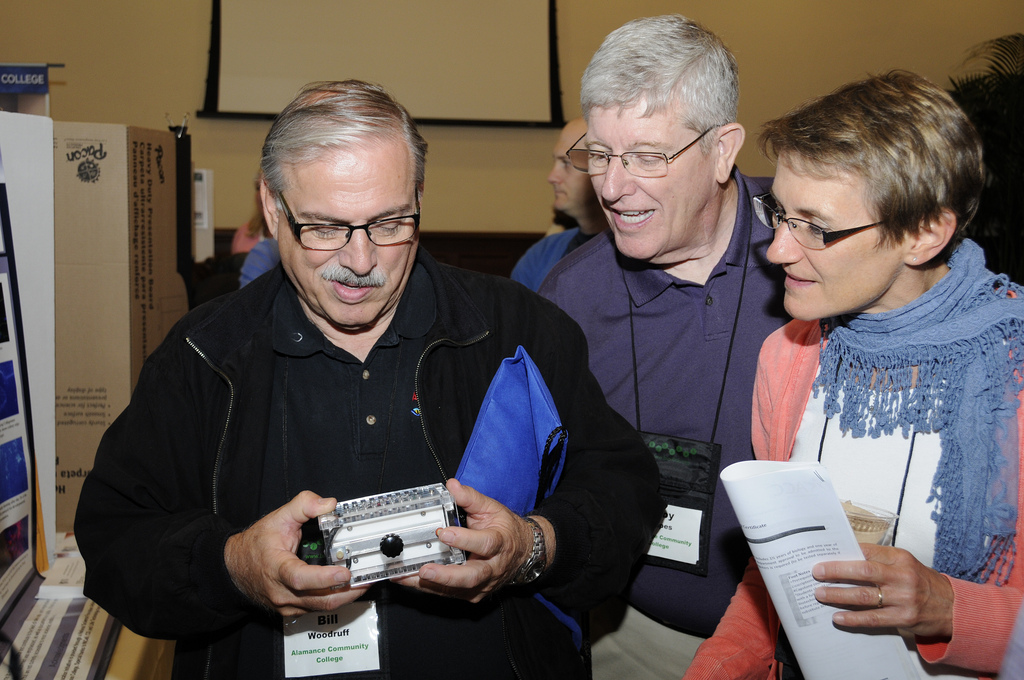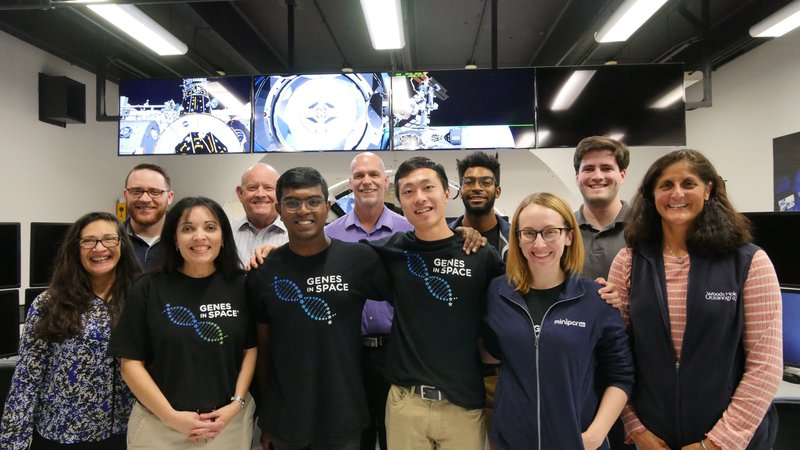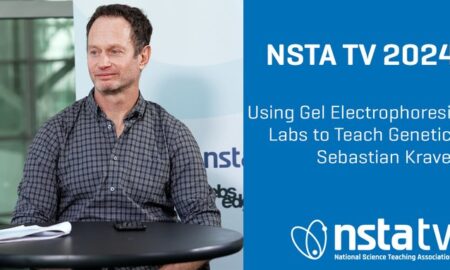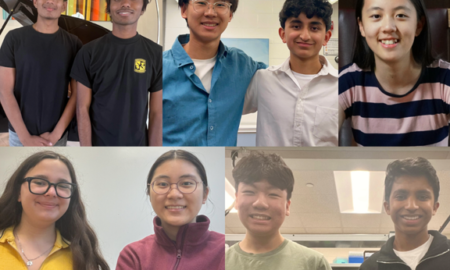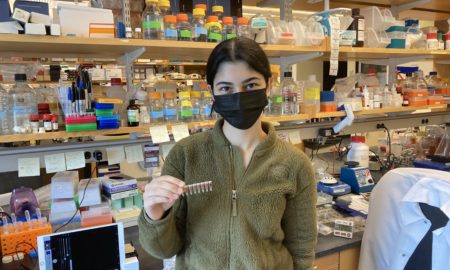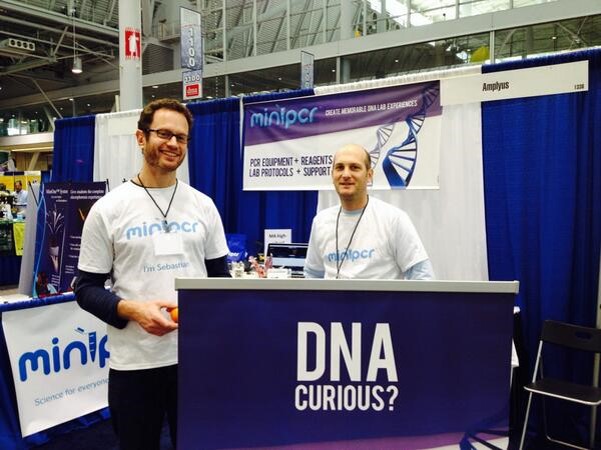Tool for viewing biomolecules on the International Space Station is validated in student-led publication
Experiment was conducted on the International Space Station as part of the Genes in Space contest
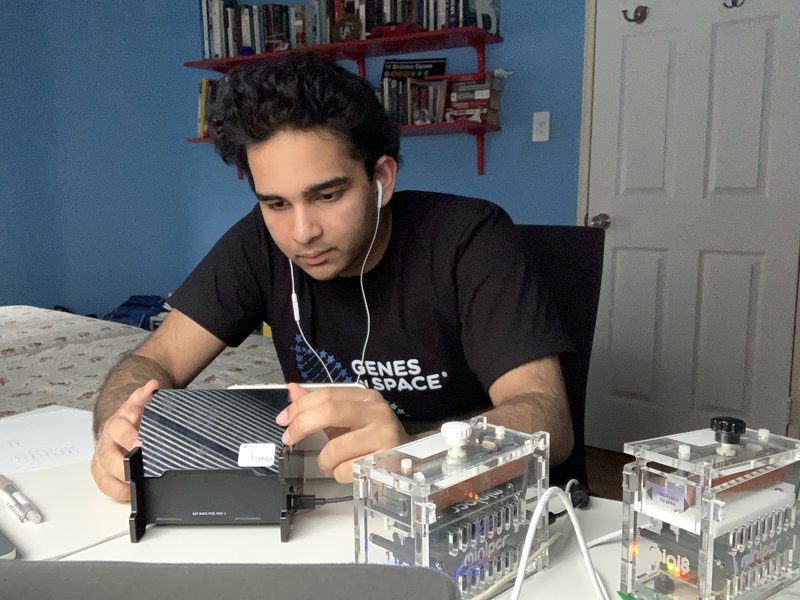
Cambridge, MA, March 15, 2024 – The high school student winner of the 2020 Genes in Space competition, Kristoff Misquitta (now 21), has published the results of his investigation in the open-access journal PLOS ONE. The publication validates the use of a novel, inexpensive fluorescence viewer for rapid molecular diagnostics in space. Previously, such experimental readouts required samples to be returned to Earth and needed large, specialized equipment that is ill-suited for resource-limited environments such as the International Space Station (ISS).
The Genes in Space Fluorescence Viewer (GiS Viewer), developed as a collaboration between Genes in Space founding partners miniPCR bio and Boeing, renders biomolecules visible to the naked eye, allowing for point-of-care detection of DNA, RNA, or proteins. This portable device can be powered by a simple USB-C charger or a 9-volt battery, allowing for its deployment in a wide range of settings. Its ease of use permits minimally-trained personnel to carry out these molecular assays in virtually any context.
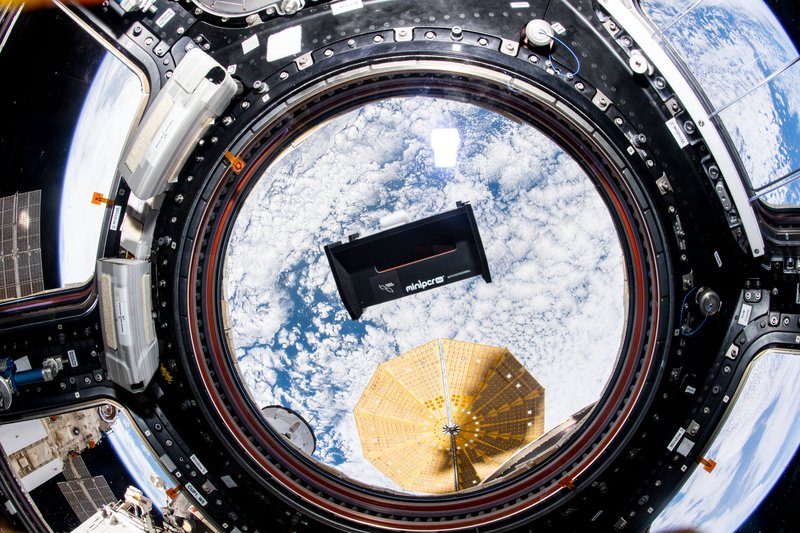
The validation of the GiS Viewer included demonstrations of its use towards two biology problems relevant to space exploration: the detection of viral genetic material and the measurement of genetic changes that might affect astronaut metabolism. In one experiment, SARS-CoV-2 RNA was both amplified (using RT-LAMP) and detected in the GiS Viewer. This served to demonstrate the GiS Viewer’s capabilities as a molecular diagnostics tool, enabling the simultaneous isothermal amplification and fluorescence detection of nucleic acids. In the second experiment, by combining the GiS Viewer with a miniPCR thermal cycler, astronauts were able to quantify changes in the gene expression of liver enzymes involved in drug metabolism. The direct visual detection afforded by the viewer circumvented the need for a more complex quantitative PCR device.
“The GiS Viewer is a tremendously versatile tool for visualizing fluorescence that will greatly expand the number and types of assays that can be run on future spaceflight missions without the need to return samples to Earth,” said Dr. Bess Miller, Kristoff’s mentor and a postdoctoral fellow at Harvard University. “Traditional methods of reading out fluorescence-based assays are resource intensive and complex to use, making them ill-adapted for use in space.” Misquitta, too, commented on the significance of the endeavor: “We are thrilled to advance the cause of real-time molecular research on the ISS, and just as importantly, to circle back and develop new health monitoring tools for areas that need it most on Earth.”
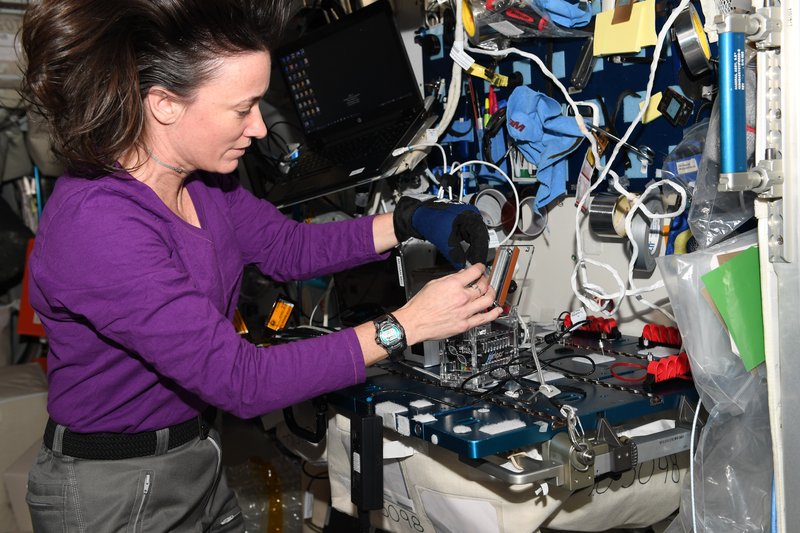
This research builds on space biology research designed by previous Genes in Space winners. The contest, founded in 2015 by Boeing and miniPCR bio, challenges U.S. students in grades 7-12 to design DNA analysis experiments for space. Winning experiments are carried out aboard the ISS.
For more information about the Genes in Space contest, visit www.genesinspace.org .
Media contact: Marc Bliss, genesinspace@minipcr.com, 781-990-8727
About Genes in Space
Genes in Space™ is a national STEM contest that challenges students in grades 7 through 12 to design biotechnology experiments for space. Winning experiments are performed in the International Space Station National Lab, a platform for cutting-edge research and technology development that enables future space exploration. Genes in Space™ accepts applications between January and April each year. The contest is a collaboration between miniPCR bio™ and ISS prime contractor Boeing, with generous support from the ISS U.S. National Laboratory and New England Biolabs®. To learn more visit genesinspace.org


